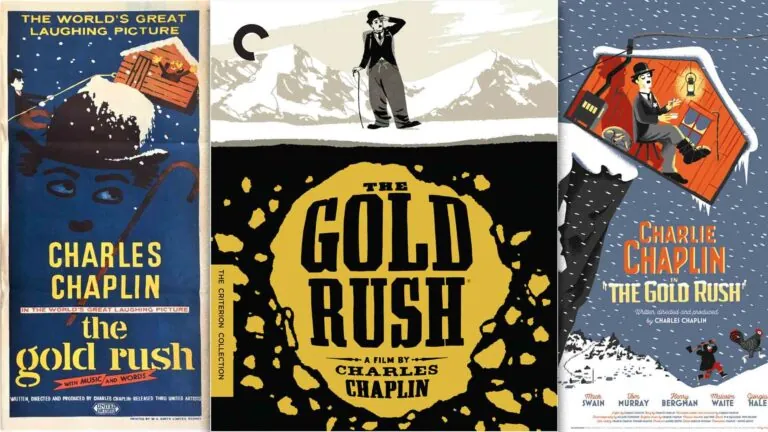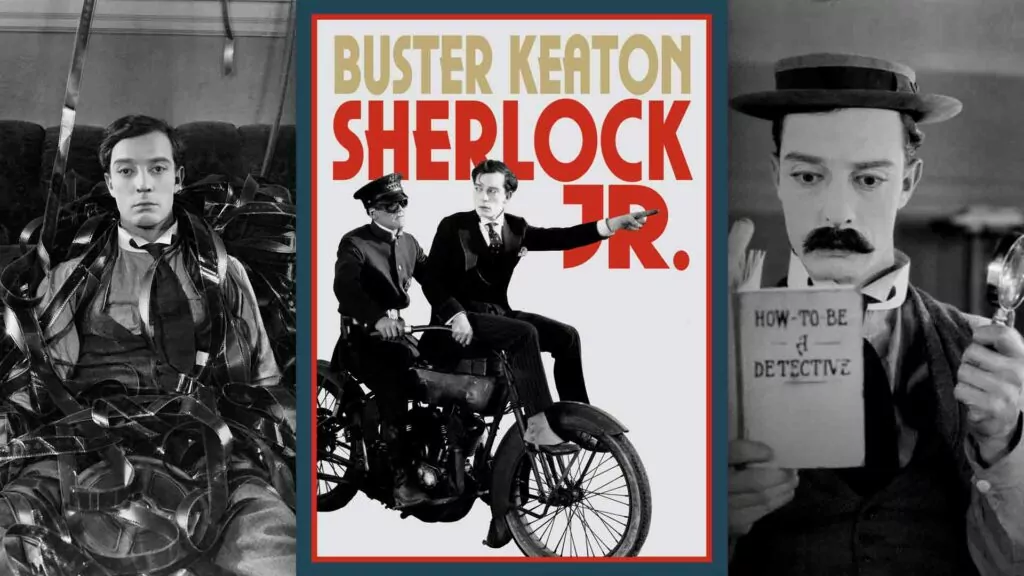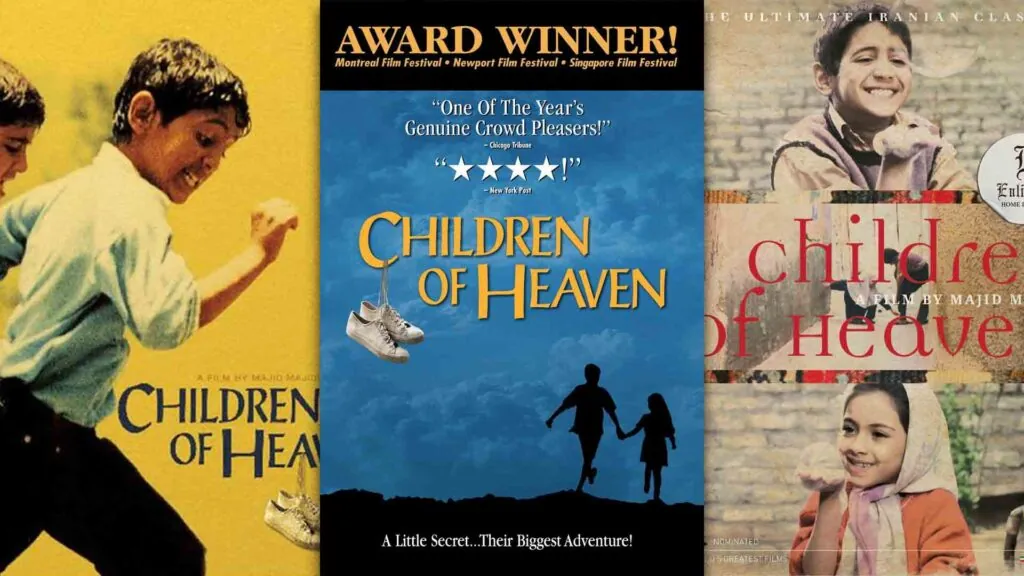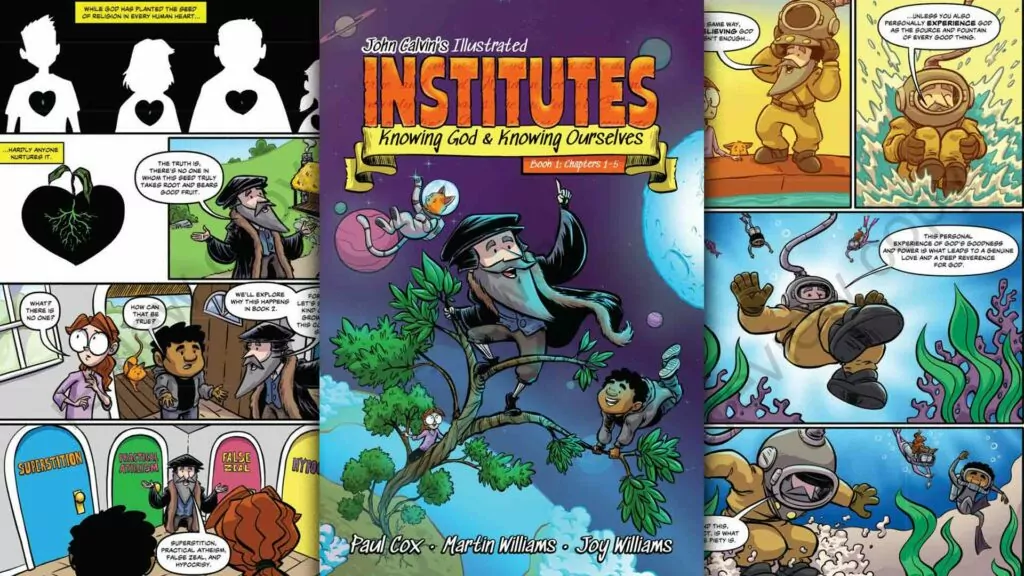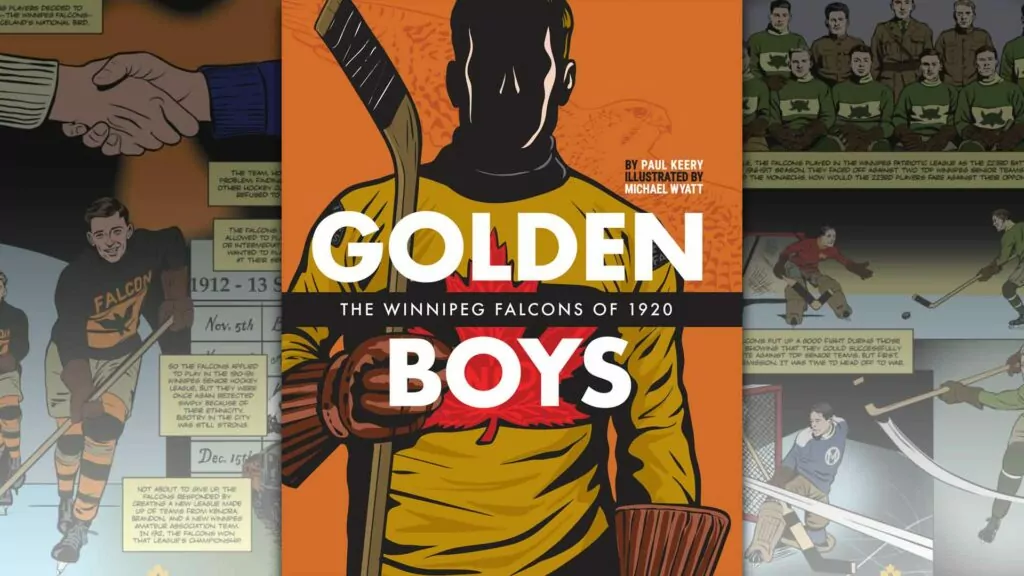Comedy / Silent (sort of)
1925 / 96 min
RATING: 7/10
It’s been 100 years now since Charlie Chaplin crafted his most famous film. He had two goes at this, actually, with the first, silent version coming out in 1925. Then, in 1942 he decided to re-release it, but this time with sound effects, music, and narration, garnering this updated edition a couple of Oscar nominations in the musical score and sound categories.
If you are ever going to do a dive into silent films then you have to check out Gold Rush, Chaplin’s best and most iconic go at his Tramp character. It is an all-time classic (even if there are a few even better silent films by Buster Keaton), making it onto the American Film Institute’s list of the 100 best films of the last 100 years.
It begins with the Tramp heading to the Yukon to prospect for gold. The Tramp has the worst of luck – Chaplin’s films always have a good mix of tragedy thrown in with the comedy – so before too long the Tramp gets mixed up with a couple tough characters, gets lost in a snowstorm, becomes so hungry he eats his shoe, and then, after all that, he falls in love with a beautiful girl who barely notices he’s alive. Of course, in the end the girl can’t resist the Tramp’s simple charms – Chaplin’s films all do have happy endings.
Cautions
None to really note.
Conclusion
If you’ve never watched a silent film before, this should not be your first. Give the shorter and quicker-paced Buster Keaton movies Seven Chances, or Sherlock Jr. a go instead.
Afterwards, if you’ve enjoyed those, then consider this all-time classic. Find a fully restored version, and think of it as a time-travel experiment, looking back at not just another era, but almost another world. The actual Alaskan Gold Rush took place just 25 years before this film was first made, so while I’m not pitching this as a realistic look, it is intriguing as a comedic take on what was then, pretty recent history.
Check out the trailer for a restored 1942 version (it says 1925, but that’s wrong) of the film below.







